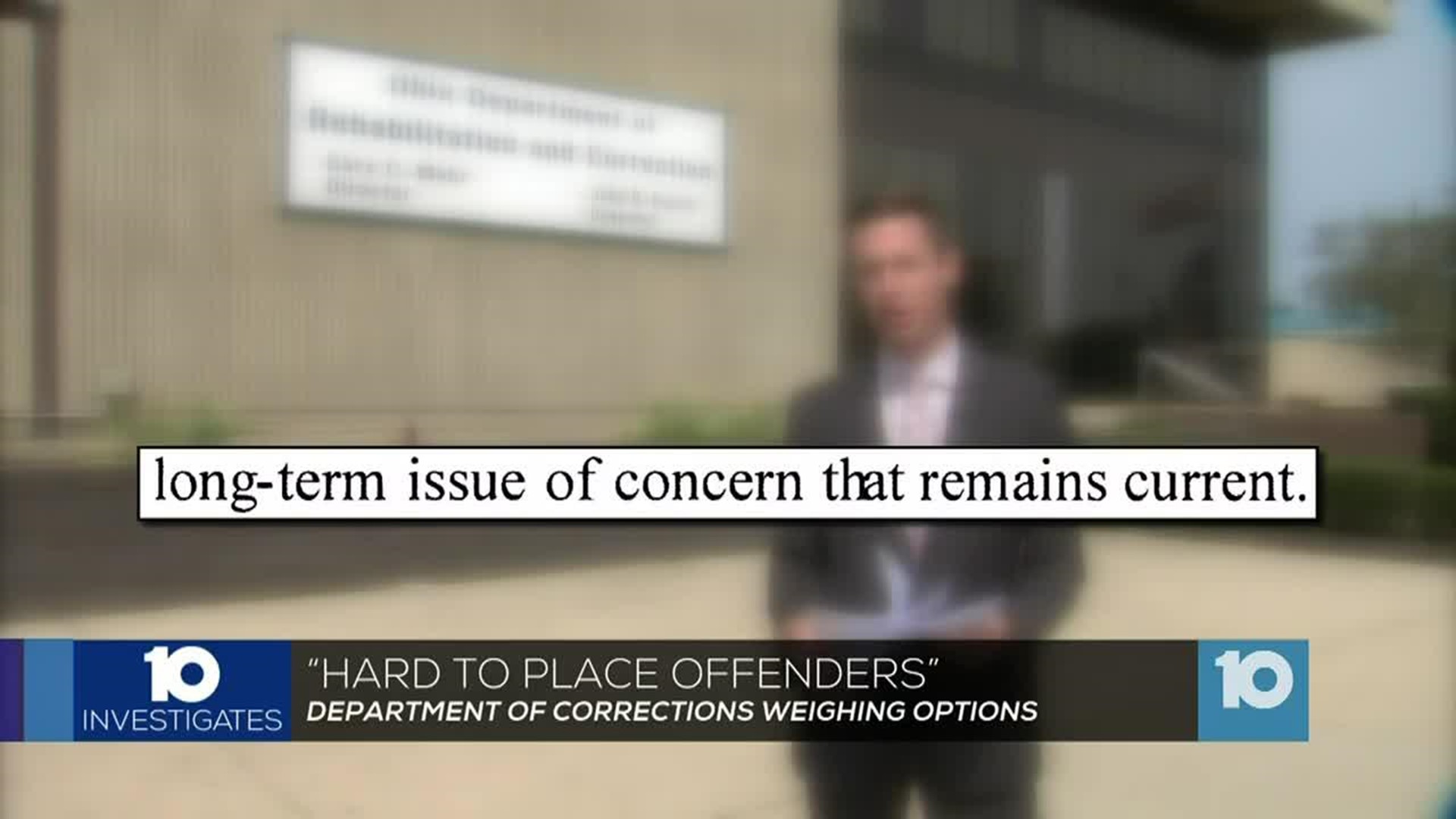COLUMBUS - Seven months after the rape and murder of an Ohio State University student, the state’s corrections department acknowledges it has not made any sweeping changes to how ex-prisoners in Ohio are housed or monitored.
But 10 Investigates has learned a change could be on the way.
The Ohio Department of Rehabilitation and Correction is in the preliminary stages of developing a request for proposal – potentially seeking out an agency willing to house and monitor “hard to place offenders,” according to people familiar with the matter who asked not to be identified.
These so-called “hard to place offenders” are typically sex offenders, arsonists or ex-cons dealing with mental illness who halfway houses or other residential programs often rejected once they are released from prison.
Such was the case with Brian Golsby, the man charged with the rape and murder of OSU student Reagan Tokes.
After serving time for a robbery and attempted rape, Golsby was going to be released from prison homeless last fall.
Fearing this would happen, state corrections officials worked to get him housing. Alvis Inc. – a halfway house – rejected a request to house Golsby because he was a sex offender.
But Alvis did agree to place an ankle monitor on him, 10 Investigates first reported.
Golsby ended up staying at the EXIT program, a less restrictive community residential center.
But as 10 Investigates first reported this summer, no agency checked the whereabouts of Golsby or the data on his GPS ankle monitor until after his arrest for Tokes’ murder.
He was a “hard to place offender” who wasn’t closely monitored.
ODRC officials declined to comment for this report, only saying it is still in the preliminary stages of developing an RFP.
ALVIS’s CEO Phil Nunes, who is also a board member for the Ohio Community Corrections Association, referred questions about the potential RFP back to ODRC. So did other policy officials with OCCA.
The hope, those close to the matter say, is that the request for proposal could be let out for public bid within the next 60 days.
But not everyone is convinced that more taxpayer money should be committed to a private entity or non-profit tasked with housing and monitoring ex-offenders. And there are several questions about how that would work.
“I am not sure that anyone will put in a bid for that. Is there a private company that is willing to do that? If there is a private company out there willing to do this, what are they actually going to provide? What are we going to be giving up?” asked State Rep. Kristin Boggs, D – District 18.
Boggs and other state lawmakers have been hammering out details of potential legislation to address the failures highlighted by 10 Investigates following Tokes’ death.
In a recent interview with 10 Investigates, Boggs said that she would rather see more budget dollars committed to monitoring these high-risk offenders. And she says that responsibility should fall to the state rather than private providers.
When asked if she was of the belief that more privatization isn’t better, she said:
“No, I don't think more privatization is better. And that's not to say that the private companies are doing a bad job. It's they are not able to meet the demand. And they are not willing to meet the demand. And nobody else is in the space to do it. What results can we expect?” she said.
Last year, ODRC spent more than $69 million with halfway houses like Oriana, Alvis Inc. and Volunteers of America, according to state data reviewed by 10 Investigates.
ODRC officials say the term “hard to place offenders” isn’t an official term written into policy.
But 10 Investigates found the term referenced in a 2006 report by the state’s Correctional Institution Inspection Committee report.
The report, prepared by CIIC staff, states in part: “… ‘hard to place offenders’ have the greatest need for such secure, structured, supervised placements on return to the community.”
It goes on to state: “this has been a long-term issue of concern that remains current.”
That begs the question, why hasn’t more been done?
OSU Professor Paul Bellair says regardless of what changes the state makes, it could be costly. And there is the potential that it won’t be foolproof.
“You are not going to be able to prevent every instance of offending. And so you can point the finger and say this is a discreet failure on the part of the state, but the truth is, no matter what you put in place, you will not stop every serious crime,” Bellair said.
Questions remain about how this new potential state contract will increase the monitoring of these “hard to place offenders” or how that infrastructure would work. ODRC declined to discuss those details with 10 Investigates.

